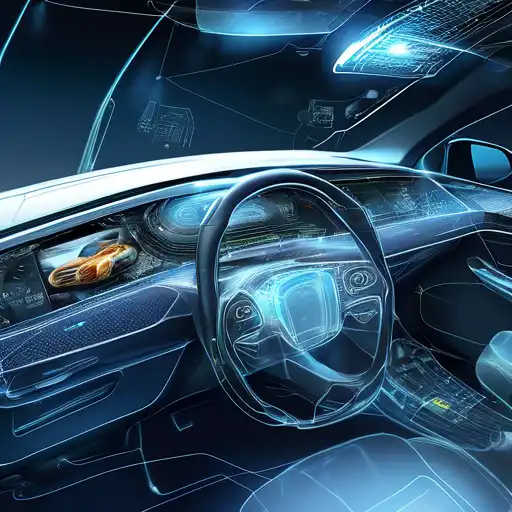Introduction to Embedded Systems in Automotive
Embedded systems have become the backbone of modern automotive engineering, driving innovations that enhance safety, efficiency, and user experience. These specialized computing systems are designed to perform dedicated functions within larger mechanical or electrical systems, making them indispensable in today's vehicles.
The Role of Embedded Systems in Automotive Safety
Safety is paramount in the automotive industry, and embedded systems play a critical role in ensuring it. From advanced driver-assistance systems (ADAS) to anti-lock braking systems (ABS), embedded systems process real-time data to make split-second decisions that can prevent accidents. For example, ADAS technologies rely on embedded systems to interpret sensor data and assist drivers in navigating safely.
Innovations Driven by Embedded Systems
The automotive sector is witnessing unprecedented innovation thanks to embedded systems. Electric vehicles (EVs), autonomous cars, and connected vehicles are all powered by sophisticated embedded technologies. These systems not only improve vehicle performance but also contribute to environmental sustainability by optimizing energy use.
Key Innovations Include:
- Autonomous driving technologies
- Energy-efficient powertrains
- Real-time vehicle diagnostics
- Enhanced infotainment systems
Challenges and Future Directions
Despite their benefits, embedded systems in automotive applications face challenges such as cybersecurity risks and the need for continuous updates. However, the future looks promising with the advent of AI and machine learning, which are set to make embedded systems even more intelligent and adaptive.
Conclusion
Embedded systems are at the heart of automotive safety and innovation, transforming how vehicles operate and interact with their environment. As technology advances, we can expect these systems to become even more integral to automotive design, offering smarter, safer, and more efficient transportation solutions.
